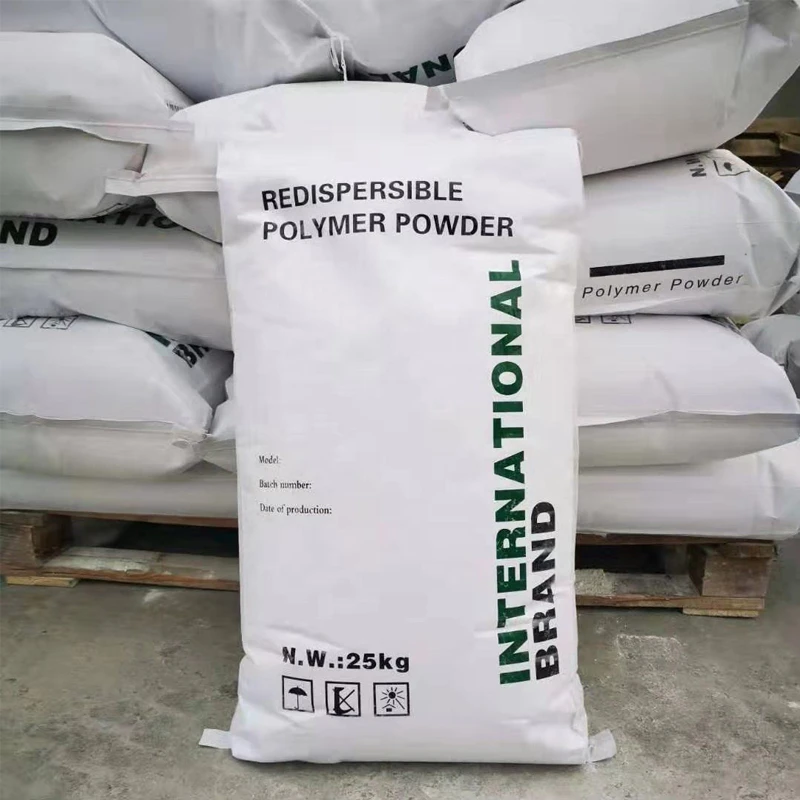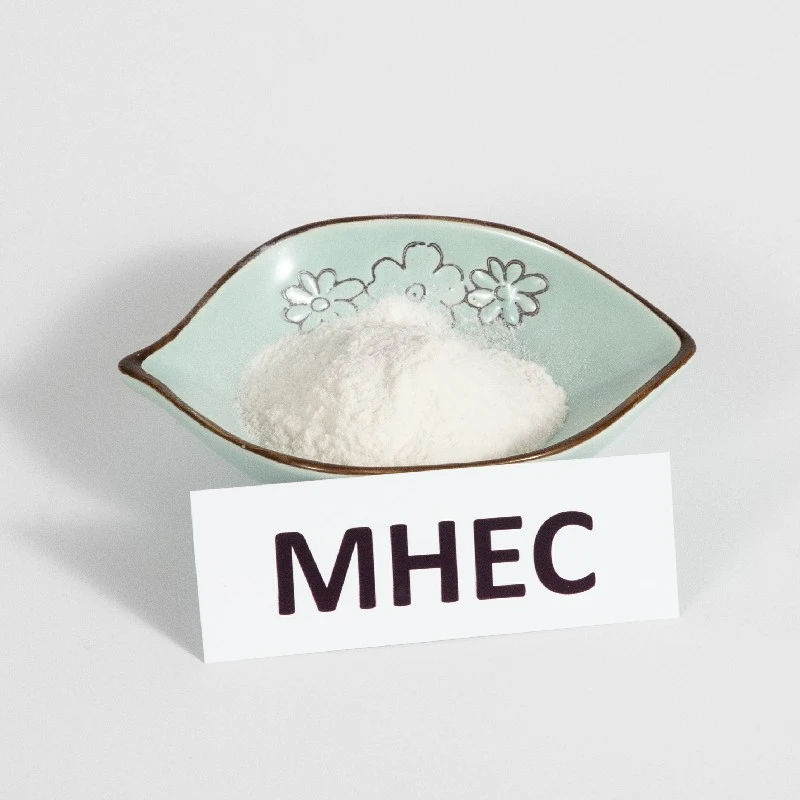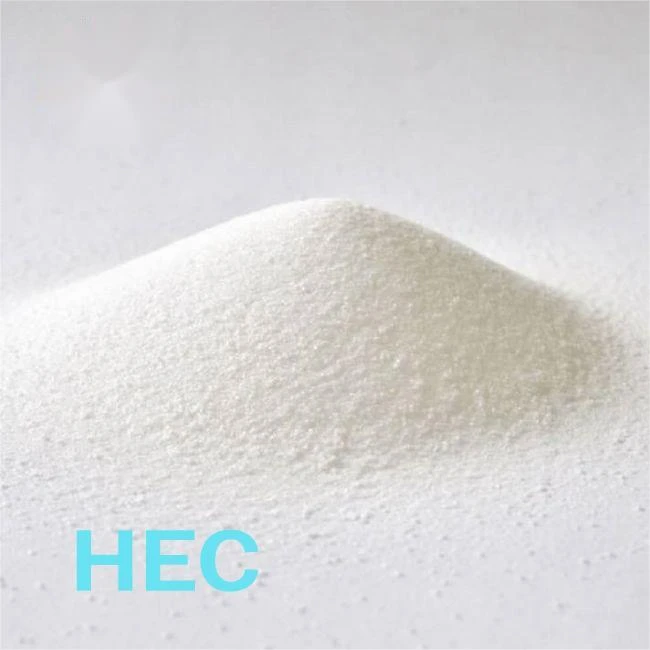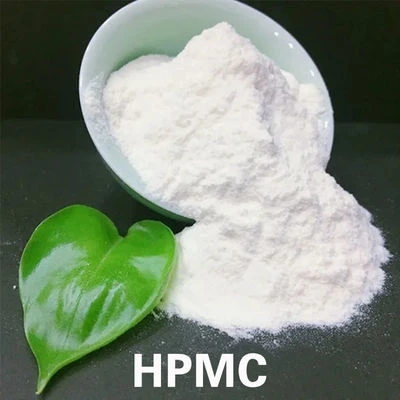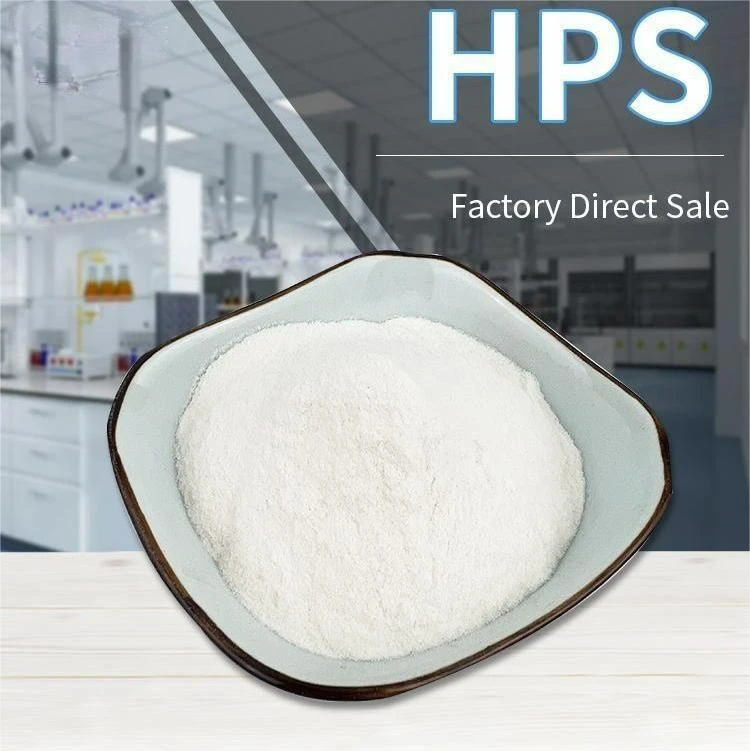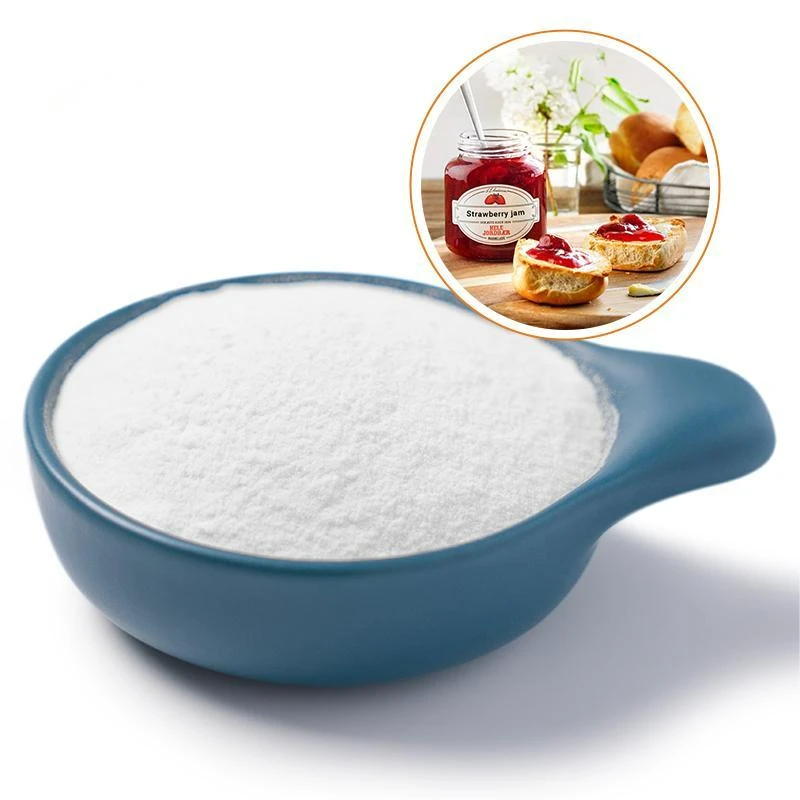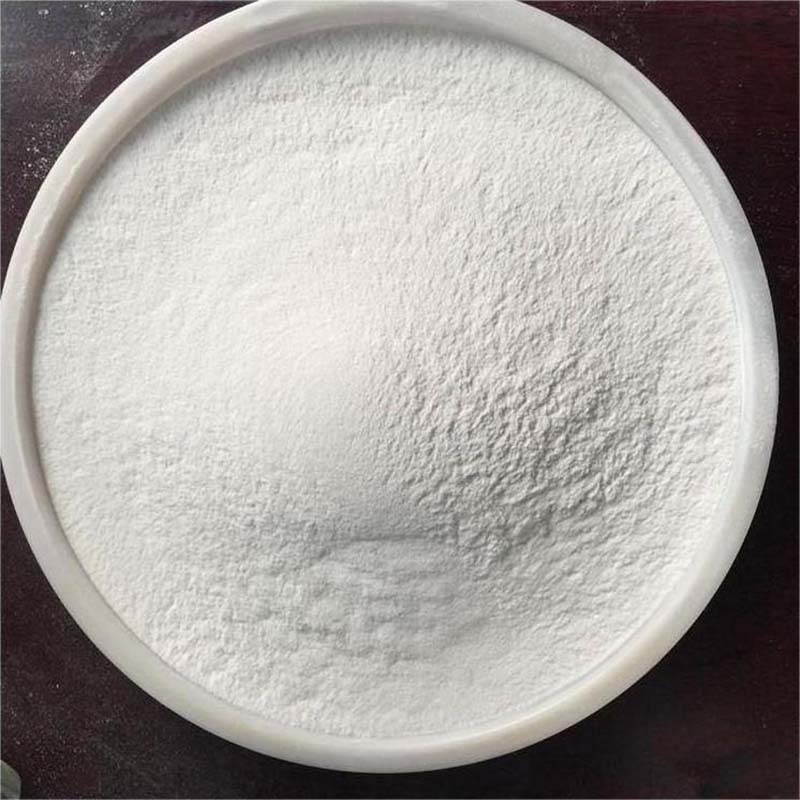The Chemical Modification Process of Carboxymethyl Cellulose from Cellulose
In the ever-evolving landscape of industrial materials, understanding the chemical modification process of substances can unlock their full potential. For wholesalers, having in-depth knowledge of carboxymethyl cellulose , especially its transformation from cellulose, is crucial for providing high-quality products to diverse industries. Carboxymethylcellulose in food is just one of the many significant applications of this versatile material. Peze Technology (Shijiazhuang) Co., Ltd., a leading manufacturer in the field, offers top-grade carboxymethyl cellulose products.

The Chemical Modification Journey of Carboxymethyl Cellulose
The transformation of cellulose into carboxymethyl cellulose involves a precise and intricate chemical modification process.
|
Modification Step |
Reaction Details |
Impact on Product |
|
Activation of Cellulose |
Treatment with sodium hydroxide |
Activates hydroxyl groups for further reaction |
|
Substitution Reaction |
Reaction with chloroacetic acid/sodium chloroacetate |
Introduces carboxymethyl groups to cellulose chains |
|
Degree of Substitution Control |
Adjusting reactant ratio, time, and temperature |
Determines final properties like solubility and thickening ability |
Carboxymethyl Cellulose: A Multifunctional Powerhouse
Carboxymethyl cellulose boasts a wide range of properties that make it a valuable additive across multiple industries.
- Exceptional Water - Solubility: One of the most notable properties of carboxymethyl cellulose is its excellent water solubility. Unlike native cellulose, which is insoluble in water, the introduction of carboxymethyl groups makes cmc carbon methyl cellulosehighly soluble. This property allows it to disperse evenly in aqueous solutions, making it suitable for use in products where uniform mixing is essential, such as food, pharmaceuticals, and personal care items.
- Powerful Thickening and Stabilizing Abilities: Carboxymethylcellulose acts as an efficient thickening agent. When added to liquids, it increases the viscosity, providing body and texture. In addition to thickening, it also functions as a stabilizer, preventing the separation of ingredients in emulsions and suspensions. This is particularly important in food products like sauces and dressings, where it keeps the oil and water phases well - mixed and prevents the formation of layers over time.
- Versatile Binding and Film - Forming Properties: Carboxymethyl cellulosehas strong binding properties, which make it useful in applications such as tablet manufacturing in the pharmaceutical industry. It holds the tablet ingredients together, ensuring the tablets maintain their shape and integrity. Moreover, it can form a thin, flexible film when dried. This film - forming property is utilized in various applications, including wound dressings in the biomedical field, where it provides a protective barrier over the wound.
Carboxymethylcellulose in Food: A Safe and Essential Ingredient
In the food industry, carboxymethylcellulose in food plays a vital role in enhancing product quality and performance.
- As a Thickener and Texture Modifier: In products like ice cream, carboxymethyl cellulose helps to create a smooth and creamy texture. It increases the viscosity of the ice cream mixture, preventing the formation of large ice crystals during freezing. This results in a more enjoyable eating experience with a rich, velvety mouthfeel. In baked goods, it acts as a thickener, improving the dough's consistency and helping to retain moisture, keeping the baked products fresh for longer.
- As a Stabilizer: In salad dressings and sauces, carboxymethyl cellulosestabilizes the emulsion, preventing the oil from separating from the water - based components. It ensures that the dressing remains homogeneous, providing a consistent taste and appearance with every use. In dairy products such as yogurt drinks, it stabilizes the suspension of particles, preventing sedimentation and maintaining a uniform texture.
- Meeting Food Safety Standards:Peze Technology (Shijiazhuang) Co., Ltd.'s food - grade carboxymethyl cellulose complies with strict food safety regulations. As an approved food additive, it is non-toxic and has been thoroughly tested for safety. This gives food manufacturers and wholesalers the confidence to use it in a wide range of food products, knowing that it poses no risk to consumers while enhancing the quality of the final product.
|
Food Product |
Role of Carboxymethylcellulose in Food |
Benefit |
|
Ice Cream |
Creates smooth texture, prevents ice crystal formation |
Rich, creamy mouthfeel |
|
Baked Goods |
Thickens dough, retains moisture |
Longer freshness, better texture |
|
Salad Dressings and Sauces |
Stabilizes emulsion |
Homogeneous consistency, consistent taste |
|
Dairy Products |
Stabilizes suspension |
Uniform texture, prevents sedimentation |
Industrial Applications of Carboxymethyl Cellulose
Beyond the food industry, carboxymethyl cellulose has a plethora of applications in various industrial sectors.
|
Industry |
Application |
Role of Carboxymethyl Cellulose |
|
ফার্মাসিউটিক্যাল |
Tablet Formulation |
Binder for ingredient adhesion |
|
ফার্মাসিউটিক্যাল |
Liquid Medications |
Viscosity control for easy administration |
|
ব্যক্তিগত যত্ন |
Toothpaste |
Thickener and abrasive suspender |
|
ব্যক্তিগত যত্ন |
Shampoos and Lotions |
Texture provider and spread enhancer |
|
Detergent |
Laundry Detergents |
Soil - suspending agent |
|
Paper Manufacturing |
Paper Production |
Fiber bonding enhancer |
|
Textile |
Textile Printing |
Dye thickener |
Carboxymethyl FAQS
How does the degree of substitution affect the properties of cmc carbon methyl cellulose?
The degree of substitution (DS) has a profound impact on the properties of cmc carbon methyl cellulose. A higher DS means more carboxymethyl groups are attached to the cellulose chain. This leads to increased water solubility as the carboxymethyl groups enhance the interaction between the carboxymethyl cellulose molecule and water. With a higher DS, cmc carbon methyl cellulose also exhibits stronger thickening properties, as it can more effectively increase the viscosity of solutions. On the other hand, a lower DS may result in better film - forming properties, as the reduced number of carboxymethyl groups allows for a more compact and continuous film structure. Peze Technology (Shijiazhuang) Co., Ltd. precisely controls the DS during the chemical modification process to produce carboxymethyl cellulose with the desired properties for different applications.
Is carboxymethylcellulose in food safe for consumption?
Carboxymethylcellulose in food is indeed safe for consumption. Carboxymethyl cellulose used in food products is produced under strict quality and safety standards. It is non-toxic and has no adverse effects on human health when consumed within the approved limits. Peze Technology (Shijiazhuang) Co., Ltd.'s food - grade carboxymethyl cellulose undergoes thorough testing to ensure compliance with all relevant food safety regulations, providing peace of mind to food manufacturers, wholesalers, and consumers alike.
Can carboxymethyl cellulose be used in high - temperature applications?
Carboxymethyl cellulose can be used in high - temperature applications to a certain extent. It has good thermal stability, and its water - solubility and thickening properties are relatively stable under normal cooking and processing temperatures in the food industry. In industrial applications such as oil drilling, where high temperatures may be encountered, specially formulated cmc carbon methyl cellulose can be used. These formulations are designed to maintain their viscosity - modifying and other functional properties even at elevated temperatures. Peze Technology (Shijiazhuang) Co., Ltd. offers a range of carboxymethyl cellulose products suitable for different temperature conditions, enabling wholesalers to meet the requirements of various high - temperature applications.
How does carboxymethyl compare to other thickeners in the food industry?
Compared to other thickeners in the food industry, carboxymethylcellulose in food has several advantages. Unlike some natural thickeners that may have inconsistent performance, carboxymethyl cellulose offers consistent thickening and stabilizing properties. It also has better solubility in water, ensuring uniform dispersion in food products. Additionally, carboxymethyl cellulose can be used in a wide pH range, making it more versatile. It is compatible with other food additives, allowing for easy formulation of complex food products. In terms of cost - effectiveness, Peze Technology (Shijiazhuang) Co., Ltd.'s carboxymethyl cellulose provides a good balance between performance and price.
What are the key factors to consider when sourcing carboxymethyl cellulose ?
When looking to obtain carboxymethyl cellulose, several key factors come into play. First and foremost, quality is essential, as the cmc carbon methyl cellulose must meet the required standards for the intended application. Whether it's for food - grade use or industrial applications, the product needs to exhibit the right properties such as viscosity, solubility, and stability. Customization capabilities can also be crucial, as different applications may require specific formulations. For example, food - grade carboxymethylcellulose in food might need particular thickening and stabilizing properties, while industrial uses could demand other characteristics. Pricing is another significant consideration, as it directly impacts the cost - effectiveness of the product.
-
The Role of Methyl Ethyl Hydroxyethyl Cellulose in Tile AdhesivesখবরAug.11,2025
-
The Future of Digital Textile Printing with Advanced Paste TechnologiesখবরAug.11,2025
-
Hydroxypropyl Starch Versus Native Starch Key Differences and BenefitsখবরAug.11,2025
-
Comparing Celulosa HPMC with Other Cellulose Ether DerivativesখবরAug.11,2025
-
Chemical Composition and Structure of VAE Redispersible PowderখবরAug.11,2025

